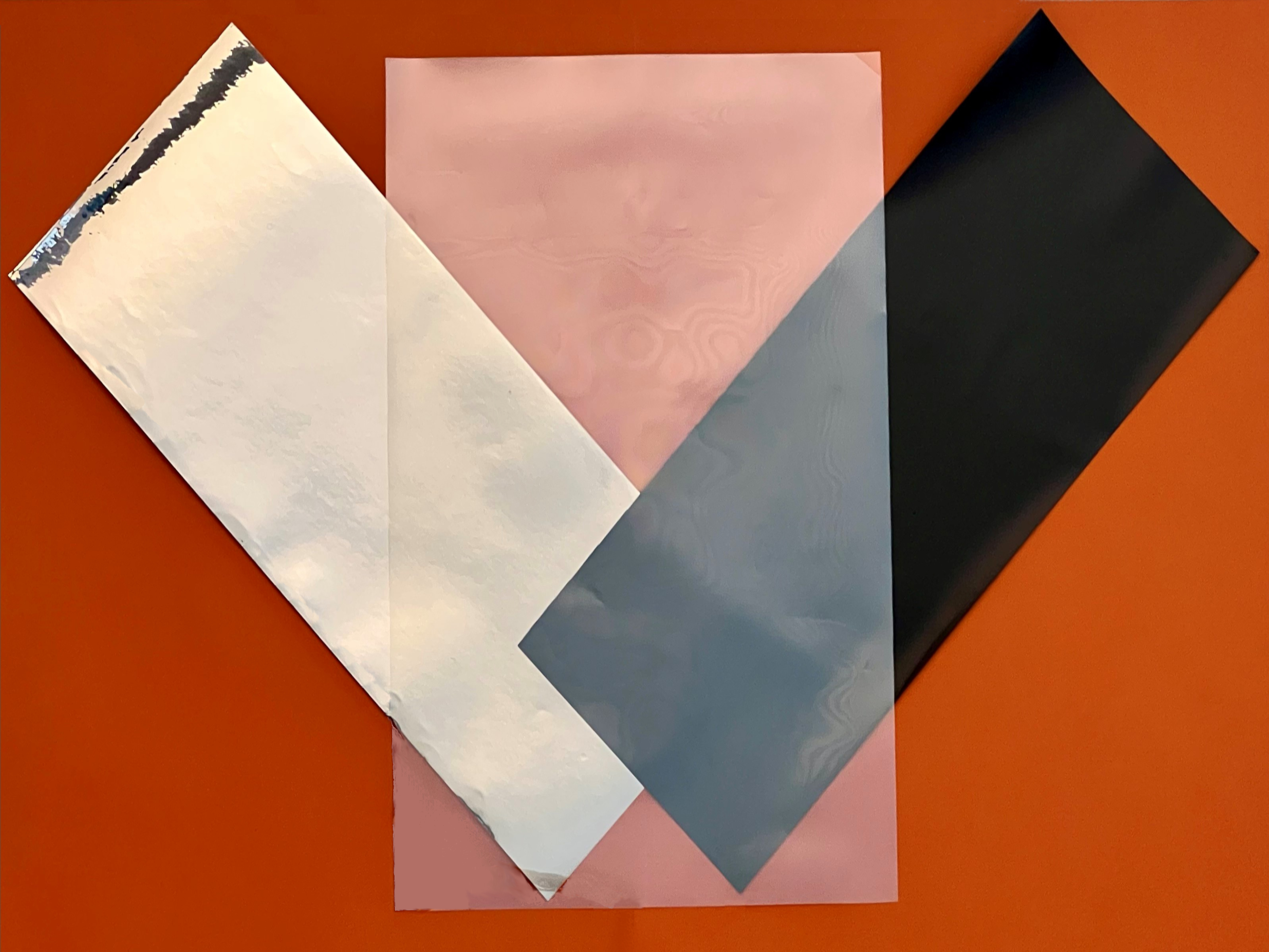HPS with ADEO product family: top position in NASA’s technology report extended
A year ago, the deorbit module from HPS took its place at the top of the podium of the most important technology achievements according to NASA. This was because ADEO already had everything that the American space agency considered crucial for success at the time: top values up to TRL9, scalability and proven flight heritage. Exactly one year later: ADEO, now supplemented in the technology report by the presentation of the bestsellers ADEO-Cube and ADEO-Pico, maintains its position both against numerous Dragsail competitors and against other passive deorbit technologies.
HPS CEO Ernst K. Pfeiffer comments: “With ADEO, we are surfing at the top of the wave worldwide that we have created ourselves with this technology over many years of R&D – often with significant co-financing by ESA and DLR plus considerable company resources. And we are actually delighted with every attempt by other companies to establish deorbit sails on the market: The bigger they make the wave, the higher our product family sails on its crest.”
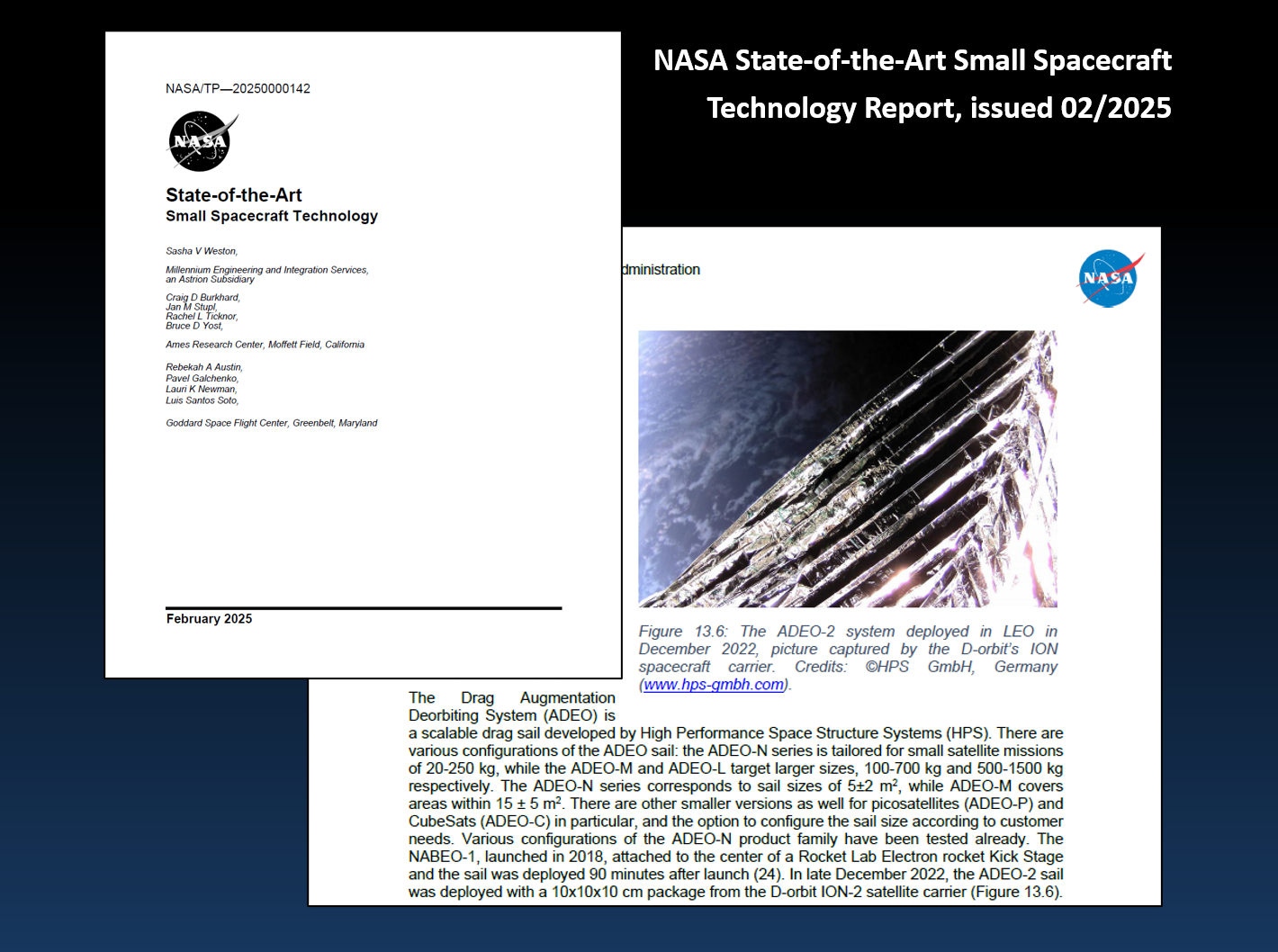
January 2025
ADEO – Space Heritage
ADEO (Atmospheric Deorbit Sail Module) is the name for an entire product family of drag sails for satellites from the German space company HPS, Munich. They accelerate the disposal of satellites from space to a period of less than five years and thus fulfill the prerequisite for the satellite to receive approval for launch into space in the first place.
The sail is scalable and available in many variants from series production. ADEO-N is tailored to small satellite missions of 20-250 kg, while the ADEO-M and ADEO-L series are designed for larger missions of 100-700 kg and 500-1500 kg respectively. The ADEO-N series corresponds to a sail size of 5±2 m2, while ADEO-M covers areas of 15 ± 5 m2 and ADEO-L 25 m2 and more. However, smaller versions have also been available for a year, especially for cubesats, e.g. an ADEO-P for 1U-6U satellites (1-20 kg) and an ADEO-C for larger cubesats (5-50 kg). A total of five versions are currently available to order, all of which reliably dispose of satellites from LEO – including those from higher MEO orbits when combined with satellite’s onboard propulsion – within the required time frame. A corresponding configurator for selecting the perfectly suitable ADEO module is available for individual mission calculation (ADEO Online Configurator).
Now there is a short film about the production and testing of the product family, as well as ADEO’s heritage story:
Based on over ten years of development, HPS has successfully completed a series of missions up to “full burn” and has thus firmly established itself at the top of deorbit technologies at qualification level TRL 9.
2018: ADEO-N1 (“NABEO”) was launched on a Rocket Lab Electron rocket kick stage back in 2018, with Peter Beck himself (CEO RocketLab) even personally handling the sail. On this flight, the sail was unfurled just 90 minutes after the launch. Visual ground observations confirmed the successfully deployed sail and its performance.
2021: In June 2021, ADEO-N2 (“Show me your Wings”) was launched into space by the spacecraft carrier ION-003 of the Italian launch service provider D-Orbit, as part of SpaceX’s Transporter-2 mission. The successful deployment of the sail in December 2022 was recorded by the ION carrier’s on-board camera. The integrity of the sail after one year in orbit was confirmed, again by means of the onboard camera. On December 8, 2024, HPS received confirmation that ADEO-N2 had completed its mission with deployment of the dragsail at 506 km orbit altitude in a record time of just two years after the 210 kg satellite’s “end-of-business” with fireworks of success at 120 km orbit altitude, beating international rules and regulations by three full years.
Even NASA ranks the ADEO module from HPS as the number one automatic passive deorbit technology in view of the qualification and Flight Heritage.
ADEO is now a bestseller not only with European institutions and companies, but also in the fully commercial markets of the USA and Canada.
Highest qualification levels, proven reliability and flight heritage combined with scalability, availability and attractive pricing make the ADEO product family a highly visible beacon in the global field of deorbit systems for all satellites that must comply with the new 5-year deorbit requirement to obtain launch authorization.
Click here for the latest clip about ADEO
————————-
Video: © HPS GmbH, Munich, Germany, www.hps-gmbh.com
Production: Daniela Creutz, www.bluecirceproductions.com
————————-
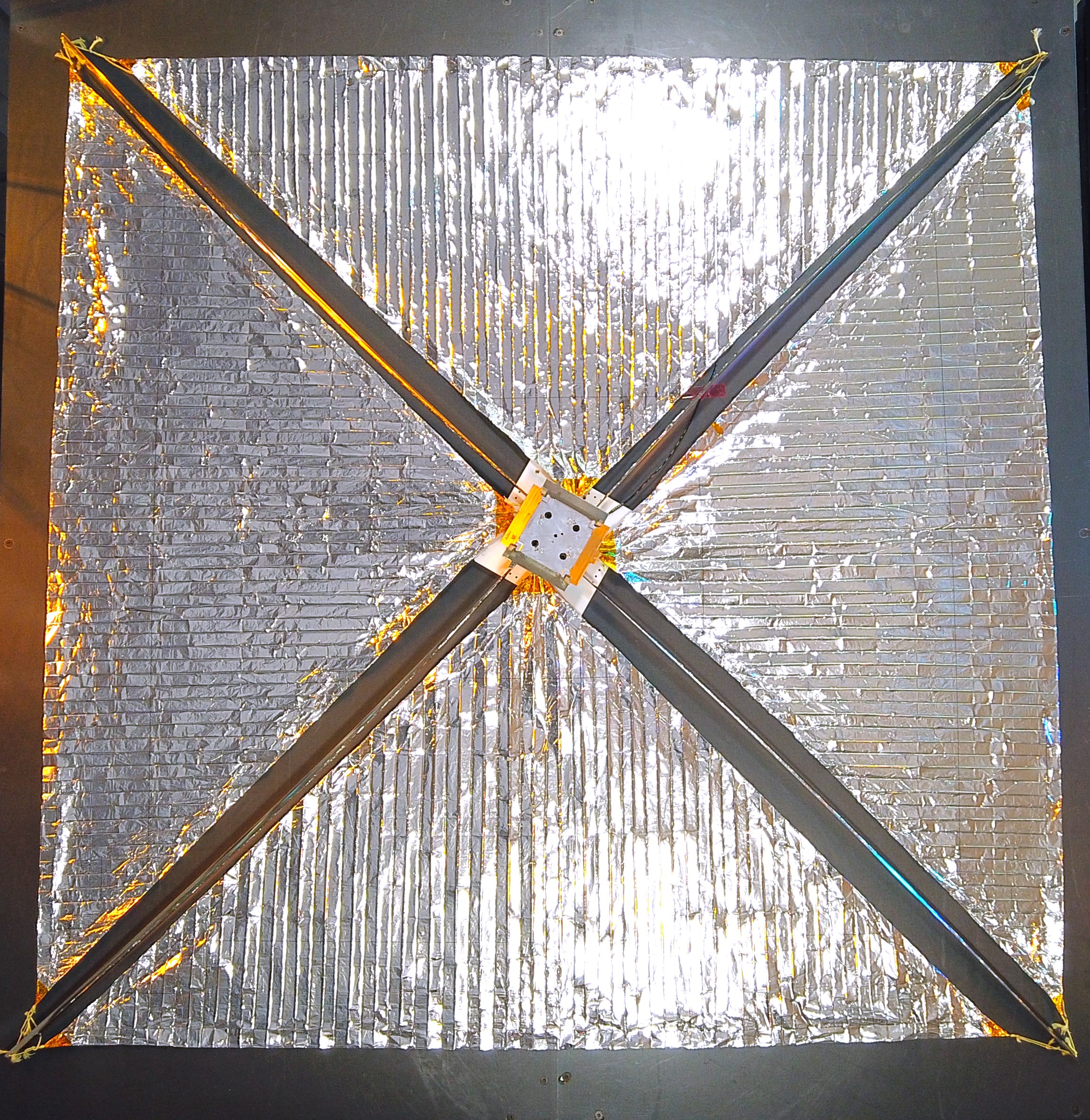
WILD RIDE mission ends with fireworks of success for deorbit sail ADEO-N2
Three days ago, on December 8, 2024, HPS received confirmation that ADEO-N2 completed its mission with launch in 2021 and end-of-business with deployment of the dragsail at 506 km orbit altitude in December 2022 in a record time of only two years with a firework of success, beating international rules and regulations by three full years. This is further proof of the success of the German ADEO model, which is manufactured in series production by the German world market leader HPS for all sizes of LEO satellites in five ADEO versions. ADEO fulfils the “5-year rule” already issued by several states and organizations for obtaining launch and operating permits for satellites, and with “Wild Ride” this has now even been verified in orbit by precisely tracking the deorbit curve until the satellite burns up completely at an orbital altitude of approx. 127 km (see image).
About the mission:
On June 30, 2021, D-Orbit, a leading company in the space logistics and orbital transportation industry from Italy, announced the successful launch of another ION Satellite Carrier (ION SCV 003), its proprietary orbital transport vehicle. It lifted off at 9:31 p.m. CEST on June 30, 2021 atop a SpaceX Falcon 9 rocket from Space Launch Complex 40 (SLC-40) at Cape Canaveral Space Force Station (CCSFS), Florida. That same day, 60 minutes after launch, the vehicle was successfully placed into a 500 km high Sun Synchronous Orbit (SSO).
ION Satellite Carrier is a space transporter developed, manufactured and operated by D-Orbit. ION is capable of accommodating multiple satellites, transporting them into space, performing orbital maneuvers and precisely releasing them into dedicated orbital positions.
At the end of the so-called WILD RIDE mission, the ION SCV 003, weighing 210 kg at the time, entered the deorbit phase on December 15,2022 with the deployment of ADEO-N2 (effective sail size 3.6 m2, christened “Show me your Wings”) entered the deorbit phase and began testing the world’s first precise functional in-situ verification of a dragsail, with official “end of flight” on 08.12.2024 [source: NORAD], i.e. within exactly 2 years in a completely natural way and without exhaust gases from any propulsion system. Without sails, SCV-003’s deorbit would have taken twice to three times as long.
About ADEO:
ADEO-N is a 1U-sized deorbit sail module developed by the German space company HPS, in cooperation with several companies and institutions (e.g. DLR and Fraunhofer), co-funded by the ESA-GSTP program, the German national technology program, and the Bavarian technology program. In accordance with the new rules, ADEO ensures the removal of end-of-life satellites from LEO within a maximum of 5 years.
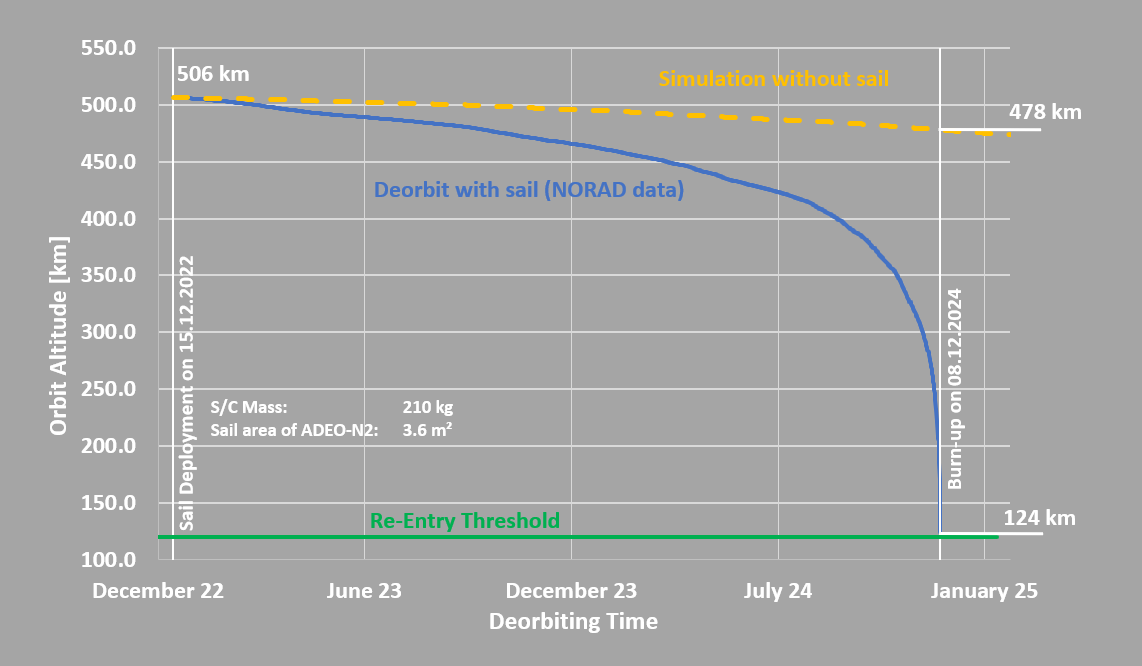
November 2024
HPS and EXOLAUNCH: Making Space Clean Again
HPS is happy to join forces with the Germany-based Exolaunch and is fully engaged to support customers of Exolaunch by enabling this very special and successful NewSpace-launch service provider to grant priority access to the delivery schedule of flight-proven ADEO* deorbit sails which are currently in high demand.
EXOLAUNCH’s COO Jeanne Allarie and HPS’s CEO Ernst Pfeiffer signed an Agreement on Space Tech Expo 2024 in Bremen in a great joint spirit (see pictures) the ambitious endeavour of
- being a role model for a sustainable use of space and
- of raising awareness with all potential customers on an existing solution for deorbiting: ADEO-modules are easy, affordable and reliable to contributing significantly to Making Space Clean Again.
See for the respective EXOLAUNCH announcement
(* ADEO-modules are needed to allow a satellite deorbit after its “End-of-Business” within five years; satellites without this or any kind of deorbit accelerator do not get clearance for launch anymore.)
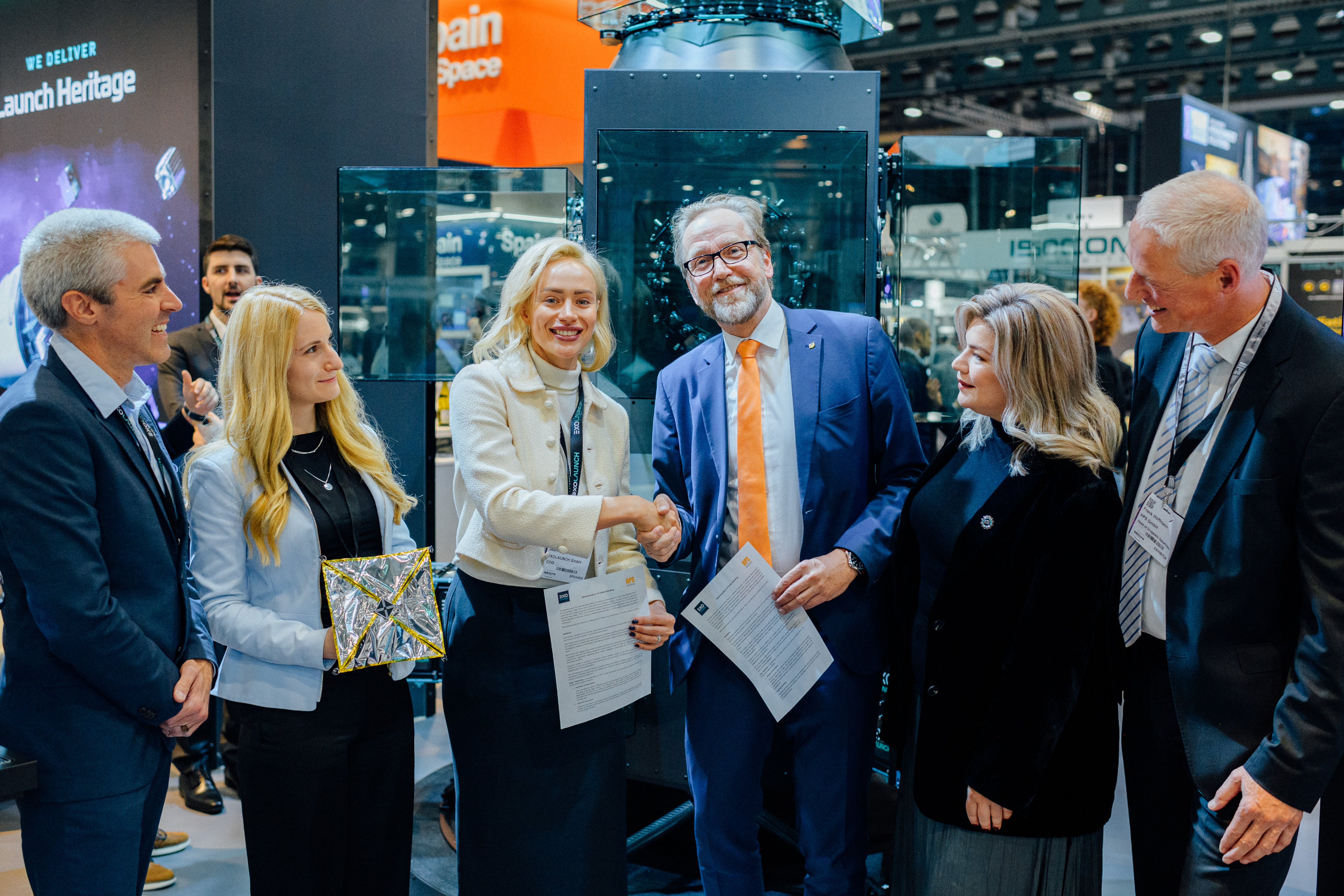
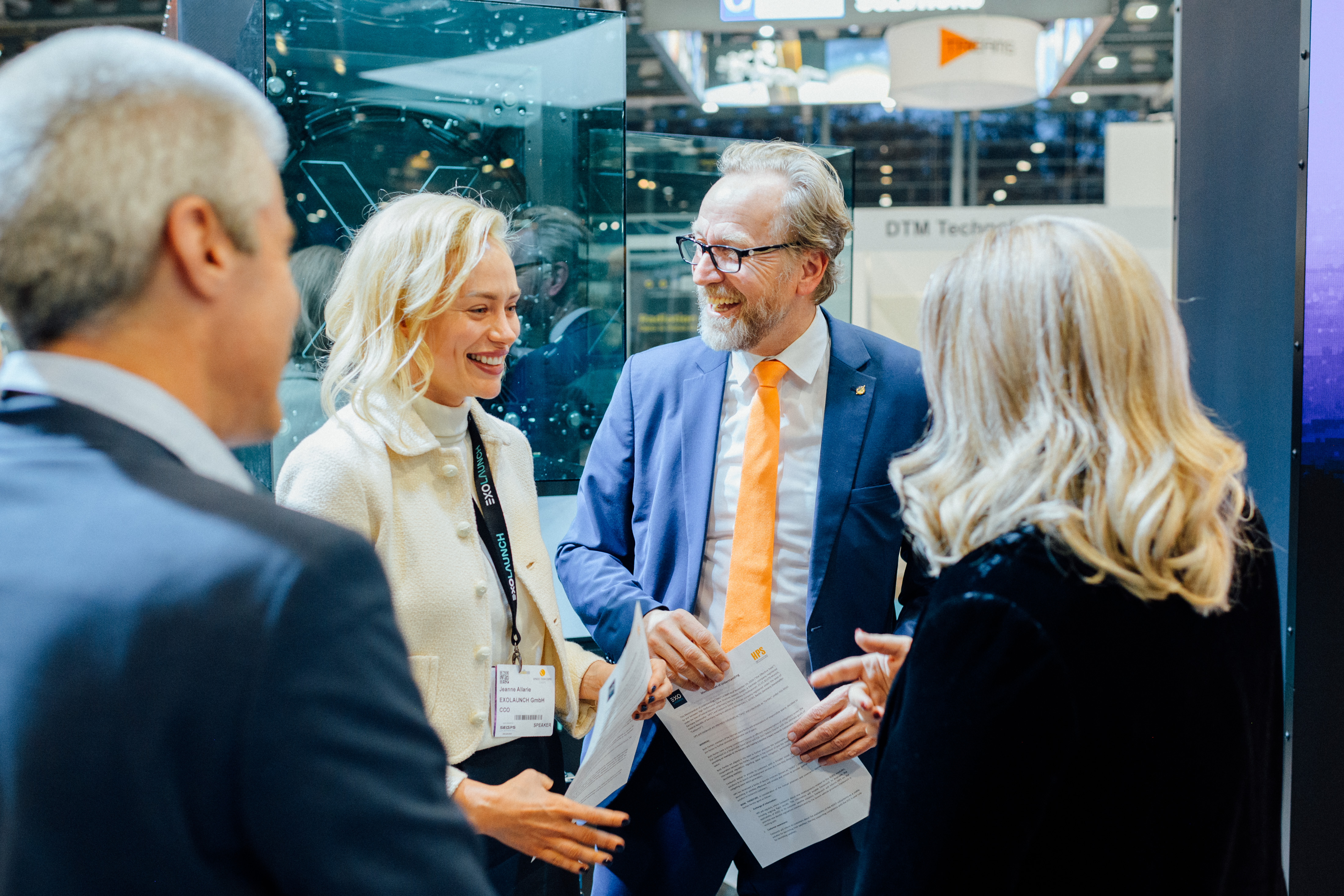
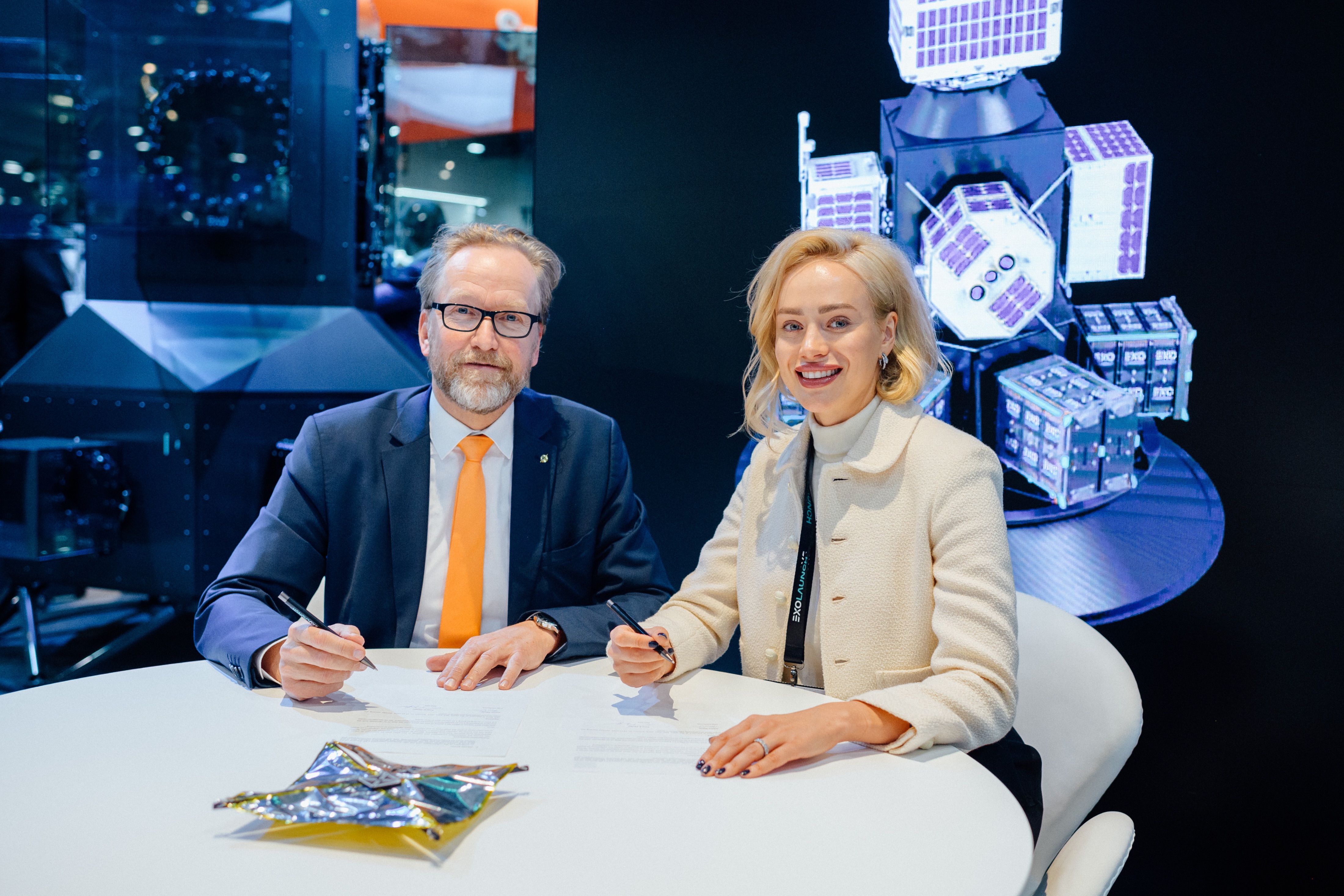
November 2024
German space agency chief Dr. Walther Pelzer and DLR delegation focus on visit to HPS Group
During the traditional DLR delegation round on the opening day of the Space Tech Expo in Bremen, the head of the German Space Agency at DLR, Dr. Walther Pelzer, focused his attention on SMEs in the German space industry. Special attention was paid to the innovation forge HPS. And it was represented in groups: with HPS Germany (Munich), HPS Romania (Bucharest) and the joint venture company HPtex (Münchberg, Germany).
With reference to pioneering antenna projects such as HERA and EUCLID, company boss Ernst K. Pfeiffer emphasized the leading position Germany has gained in special antennas for space missions. HPS is also positioning itself as a leader in the commercial sector with the successful ADEO braking sail project, which ensures compliance with the new 5-year rule for satellite deorbiting and thus keeps the satellites ready for launch.
In his role as spokesman for German space SMEs, Ernst Pfeiffer also took this opportunity to emphasize the enormous importance of the DLR and ESA’s capability-enhancing technology programmes for SMEs as the innovation backbone of the industry. According to Pfeiffer, the precise promotion of the technological capabilities of SMEs via dedicated competition areas reserved for SMEs is irreplaceable.
Live demonstrations, e.g. of a functional model of the ADEO brake sail or a scaled model of a deployable large antenna reflector, supplemented by product demonstrations from HPS-Romania (e.g. radiator) and from HPtex’s MESH production (e.g. Ka-band mesh sample for use in the Copernicus mission CIMR) rounded off the visit program.
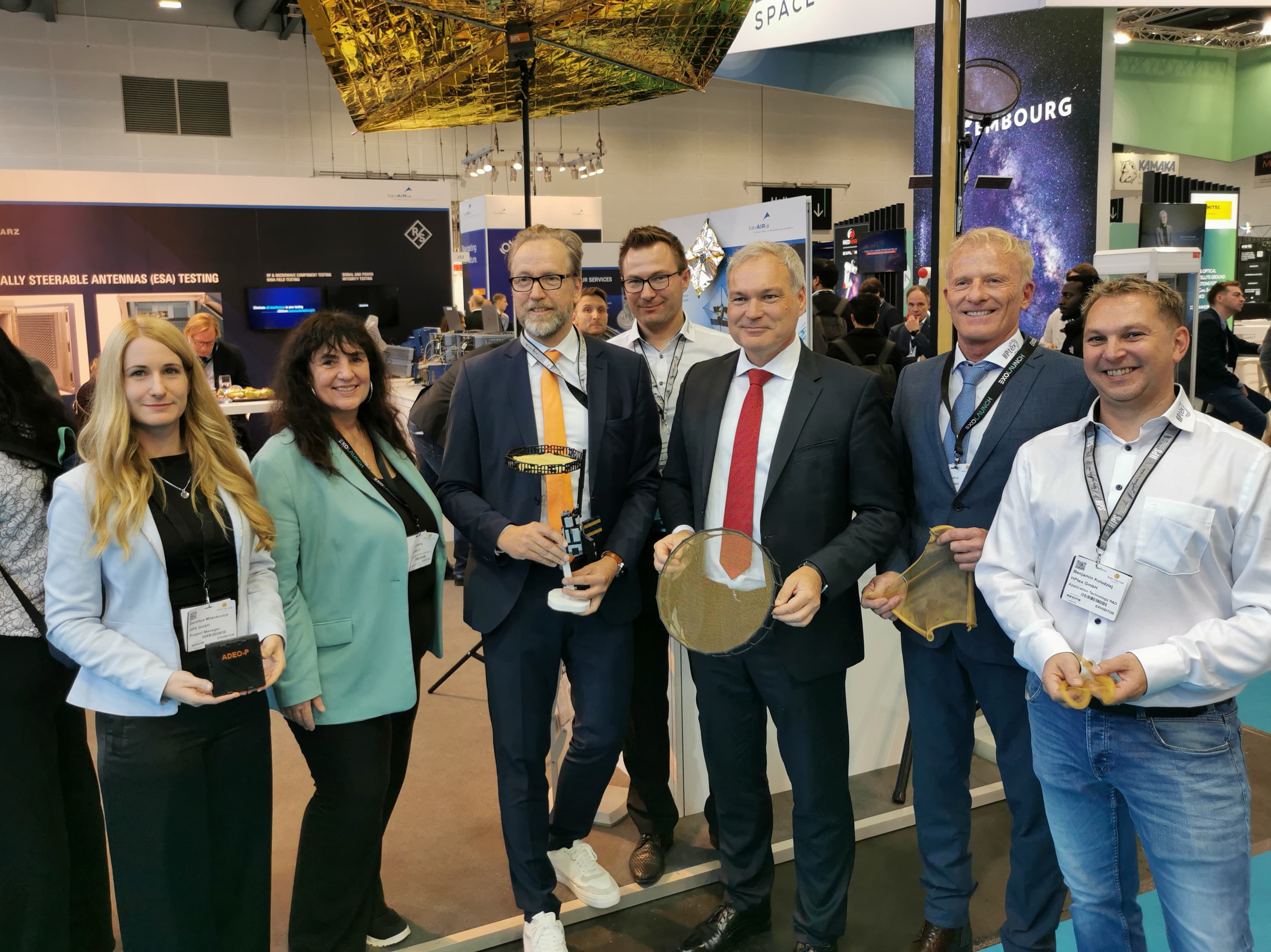
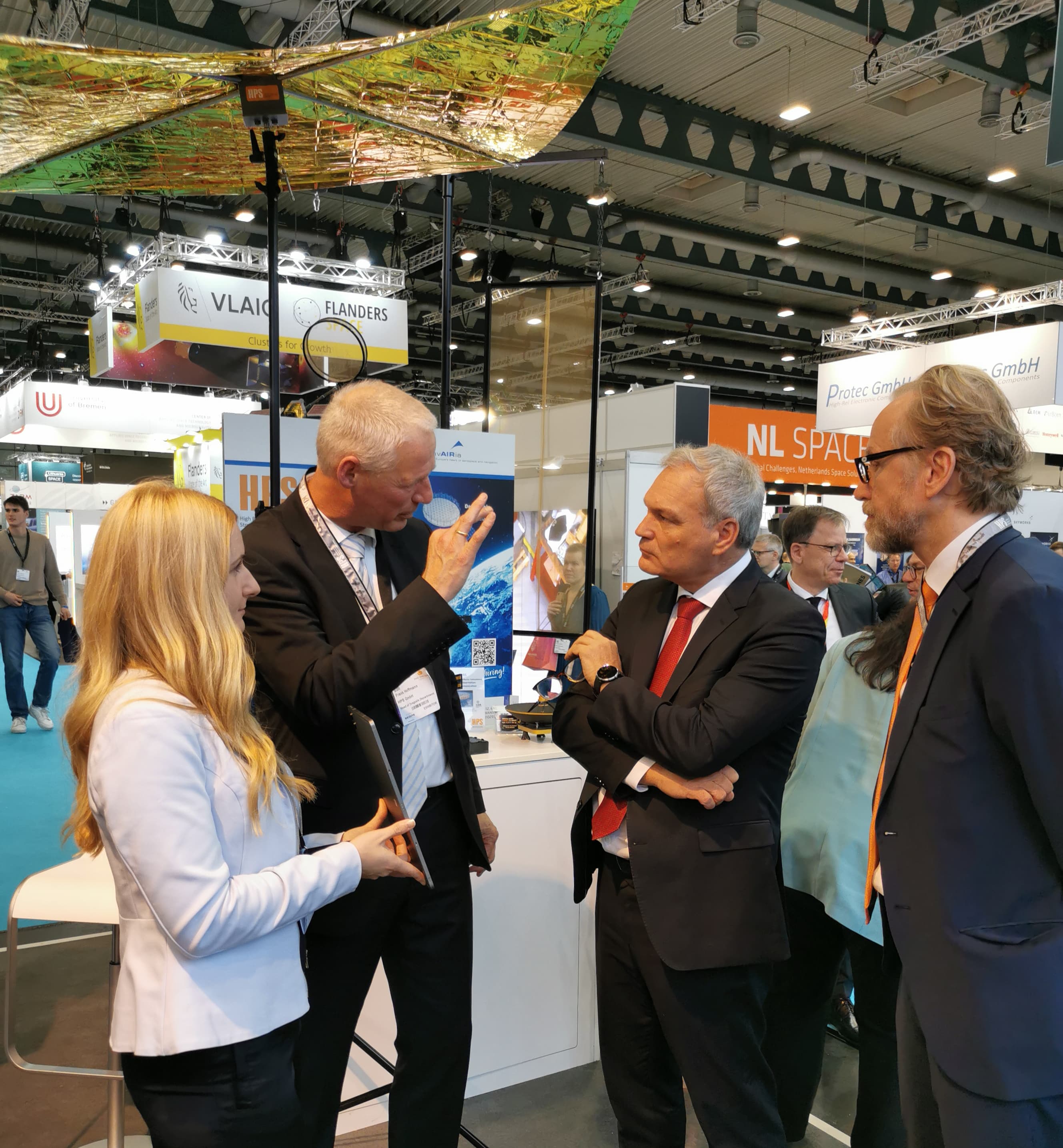
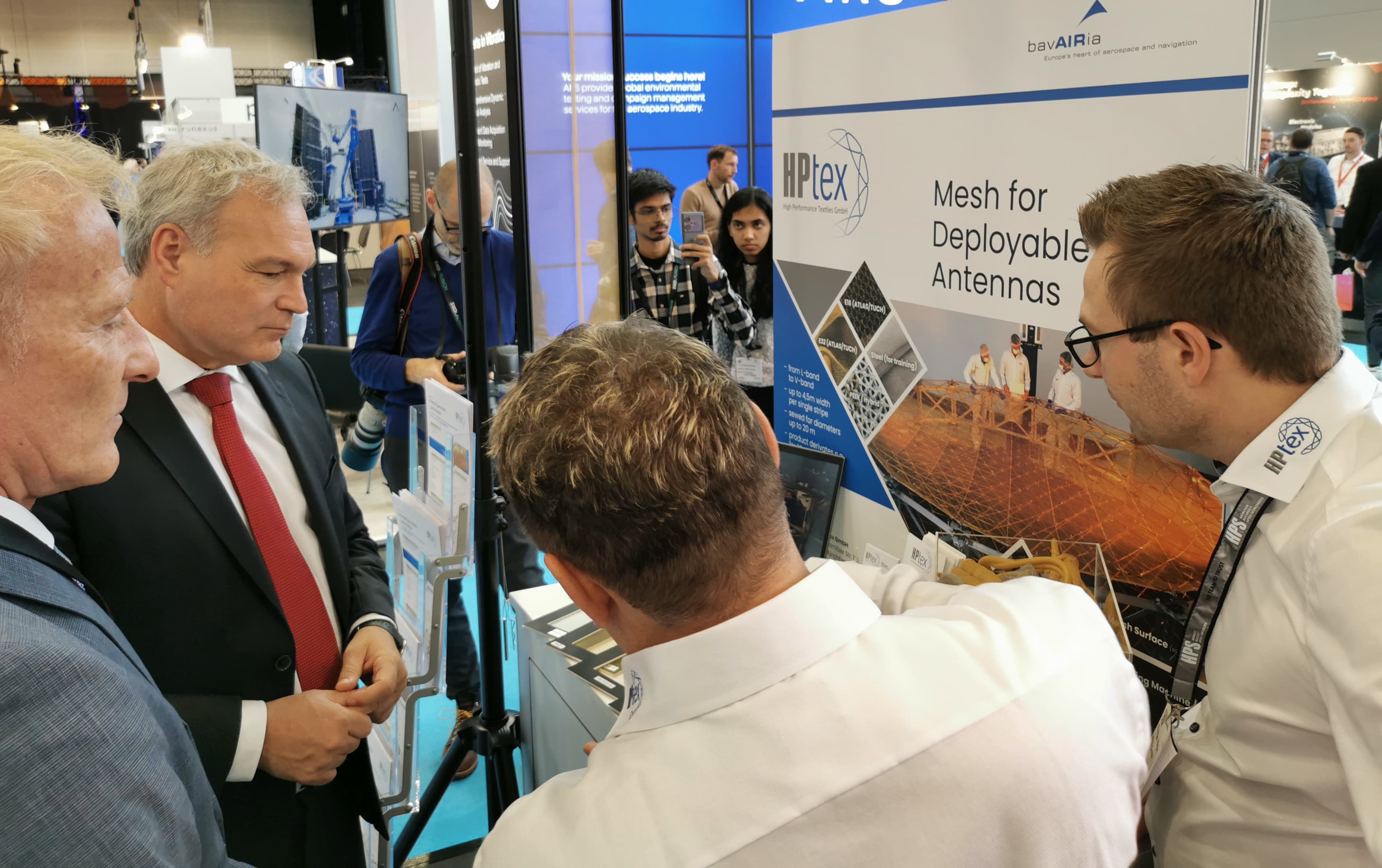
October 2024
Clean Space Days der ESA im Oktober: ADEO aus dem Hause HPS im Fokus
In 2024, the ESA’s Clean Space Team once again invited participants to the continuation of the past Clean Space Days.
The four-day event will focus on progress in the areas of eco-design, zero debris and in-orbit maintenance.
The calendar of presentations in 2024 will highlight these topics, among others:
- Life cycle assessment for space activities
- Deorbit technologies
- Debris disposal
- Disturbance-free skies for astronomy
- IOS missions
- Circular economy for space travel
While some presentations tended to highlight ideas and technical concepts in statu nascendi, HPS manager Frank Hoffmann presented the ADEO product family, which is already successful on the European and, more recently, North American markets: Deorbit sail technology for automatic self-disposal of the satellite at the end of the mission.
The ADEO system offers a suitably customized solution for every class of spacecraft, whether as a “Pico” (1-20 kg), “Cube” (5-50 kg), “Nano” (20-250 kg), “Medium” (100-700 kg) or even “Large” (500-1500 kg). To ensure that satellite manufacturers are supplied without delay, all orders are handled by HPS directly from series production wherever possible.
Due to the fact that the requirement to carry a suitable disposal system such as ADEO is a prerequisite for launch authorization for practically all satellites from October 2024, longer delivery times are possible and can be largely avoided by ordering early.
The Clean Space Days will come to an end at the end of the week, but the saying “after the event is before the event” also applies to this successful European space event.
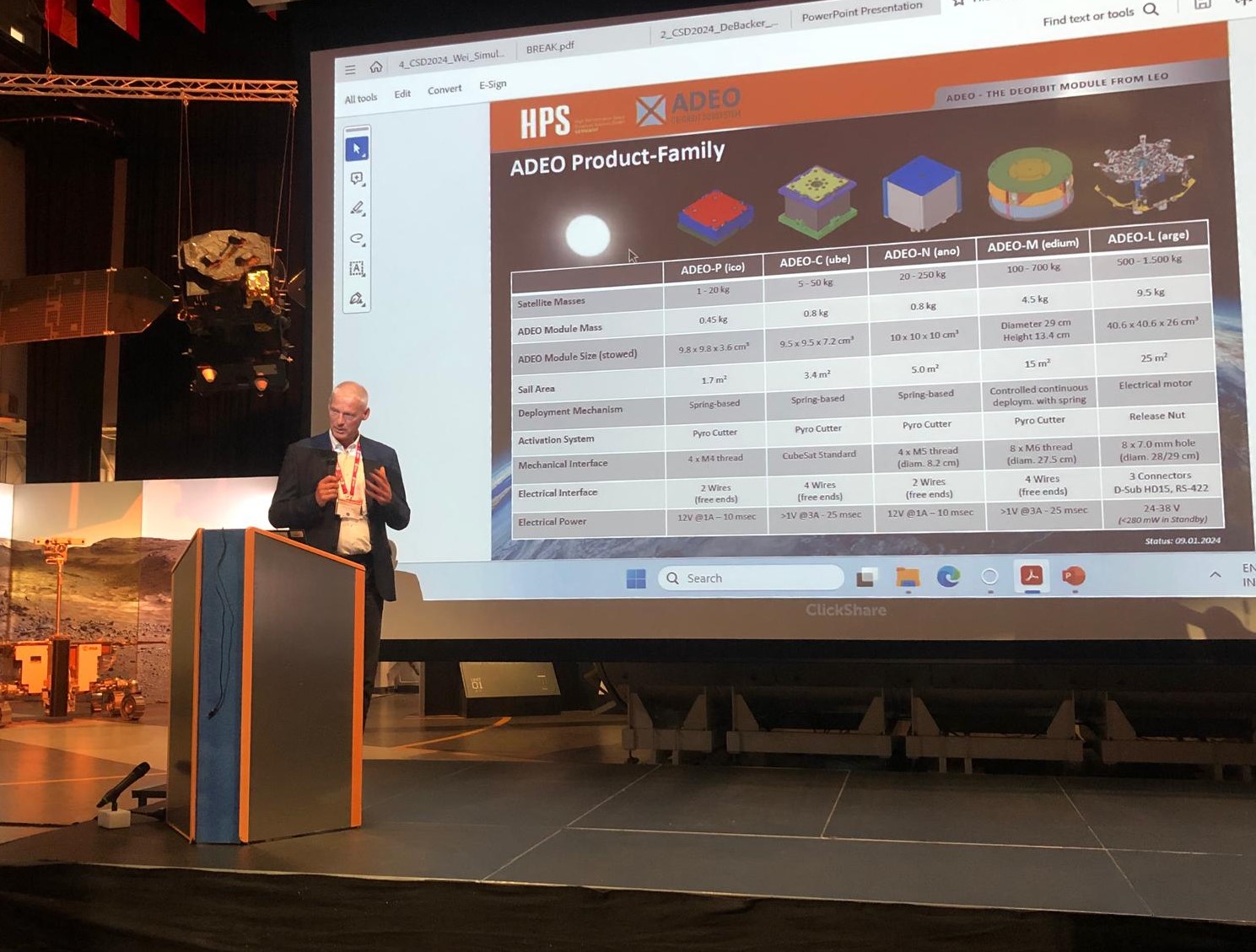
Oktober 2024
HPS Prominently Present at the IAC in Milano
Participating in the International Astronautical Congress, IAC, has developed into a good tradition at HPS over many years. This year, the company will be represented by Ernst K. Pfeiffer, CEO, together with ADEO project manager Mrs. Dorittya Milankowitch from HPS Munich and Horatiu Gheorghe as IAC-contact point for HPS Bucharest with products like secondary structures, thermal hardware and purging equipment. The HPS-team will keep up full presence during all five days of this international event.
Special highlights will be the company presentations; they are going to take place on Friday, 18th, from 10.15 to 10.45 a.m., and also as part of the Company Slam at the booth of the German association BDLI on Tuesday from 13.15 to 13.45 p.m..
Focus of both presentations will be on the product family of the ADEO deorbit sailsystem for automatic disposal of satellites after their end of mission, serving the idea of clean space, sustainability and debris avoidance even from the beginning of the satellite´s journey.
Main products besides ADEO to be asked at our booth: reflector antennas, deployable antennas, large deployable reflector subsystems, mesh, thermal hardware, purging equipment. HPS will warmly welcome there all its customers from both worlds: classic and NewSpace. For a dedicated prearranged business meeting please send a message to Contact@hps-gmbh.com.
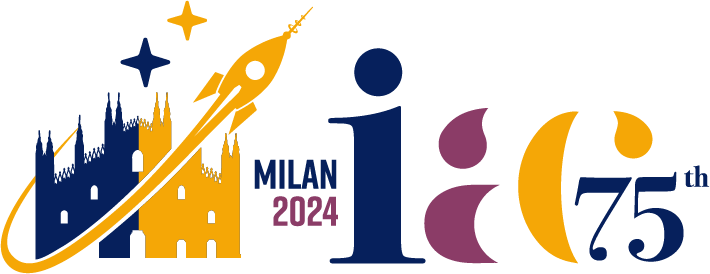
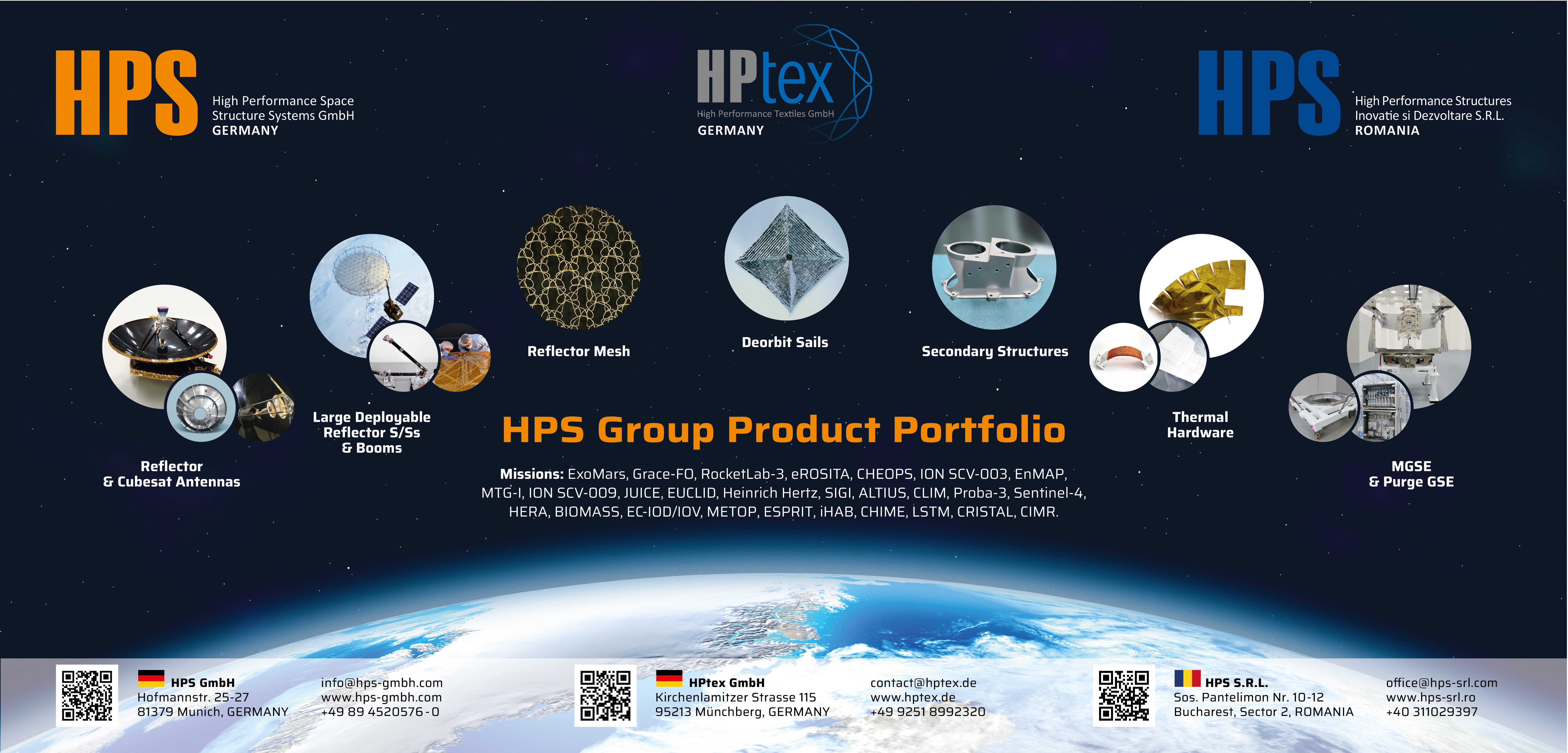
September 2024
ADEO Pico: The smallest dragsail gains a foothold in the largest market
Deorbit Technology from HPS
With the ink now drying under the contract for a PICO-class satellite deorbit device from the ADEO dragsail family of HPS, the Munich-based space technology company is now also setting foot on North American soil: After careful consideration of the alternatives, the Canadian company StarSpec Technologies decided in favor of the system for integration on their InspireSAT 12U ADCS MVP satellite, to be launched in 2026.
The ADEO-P was purchased at the beginning of July. The integration will be carried out by the experts in 2025. The satellite is planned to be launched in 2026 aboard a Falcon9 as part of the Transporter-17 SmallSat Rideshire mission from the Vandenburg Space Force Base in the USA. At the end of the mission, the dragsail will be deployed to a size of 1.4 m2 and automatically dispose of the satellite within the now obligatory period of less than five years. The satellite will burn up in the atmosphere without leaving any residue.
This initiative promotes StarSpec’s high precision space-qualified ADCS components, including sub-arcsecond precision star cameras, cogless reaction wheels, and ultra-high-bandwidth controllers, providing 100x the precision and imaging quality for LEO imaging satellite.
Jason Brown, Mechanical & Technology Lead, commented on the key factors leading to the selection of the ADEO-P for InspireSAT: “A primary mandate of InspireSAT is to provide high performance in-orbit capabilities in a way that does not compromise and strongly maintains the continued and future utility of LEO. We are delighted to have HPS, a proven high-tech specialist in the international space industry, at our side, allowing StarSpec Technologies to maintain its sustainable and orbit-conscious approach to space in a way that maintains focus on the successful demonstration of our transformative state-of-the-art ADCS. Thanks HPS!”
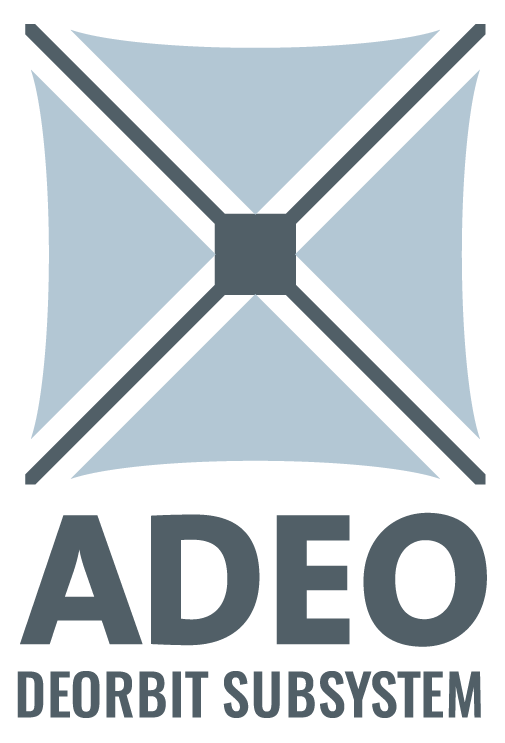
August 2024
HPS CEO: “Wishing my namesake a happy return home”
As a rule, the purpose of a satellite, be it scientific or commercial, is the focus of interest. However, there are also a few exceptions that confirm this rule. One of these is the recently launched flight of an inconspicuous 18-kilo box with a Falcon 9 from SpaceX to a low target orbit at an altitude of 510 kilometers. The name: ERNST – abbreviation for “Experimental Space Application of Nano-Satellite Technology”. Its mission: to use infrared detectors from space to detect where in the world civilian or military rockets are being launched as they fly over the earth based on the hot radiation of combustion gases – and which target they are probably aiming for. This type of technology has long been standard in the USA in the technical instruments for the nation’s fourth branch of the armed forces after the army, air force and navy, the “Space Forces”; in Europe, research in this area is still in its infancy by comparison, which is why the ERNST mission represents an important milestone for Germany.
This application-related research purpose of ERNST is still at a highly experimental early stage, but the renowned Fraunhofer Institute in Freiburg is relying on tried and tested principles to avoid space debris: a braking system with a deployable sail for accelerated return at the end of the approximately three-year mission is also on board. This is a version customized by the Fraunhofer Institute for theERNST mini-satellite. HPS collaborated with Fraunhofer on the sail almost ten years ago as part of a master’s thesis and provided support. HPS is now a pioneer of the technology and currently the world’s only commercial supplier of flight-tested automatic brake sails of the so-called ADEO family, with a total of 5 different product versions for all size classes of LEO satellites. ADEO braking sails are currently becoming standard equipment, because from fall 2024 at the latest, no satellite will be transported into space by the de facto monopoly provider SpaceX without such on-board technology for accelerated return under the new FCC regulations after the end of the mission.
“After a certain period of familiarization with the new legal situation, the run on ADEO brake sails is now in full swing. Customers in North America have also built up a great deal of trust in ADEO and HPS; the fact that HPS with ADEO occupies the lone top position in the NASA technology report on deorbit technologies is certainly helpful here. In this respect, we are naturally extremely pleased that, in addition to our commercial system on the market, we are now also securing further points for product trust and popularity through our collaboration with one of the world’s most famous German research institutes. That’s why, for once, I don’t see the operational research mission as the highlight here, but rather its end, and I wish my namesake a happy journey home,” comments Ernst K. Pfeiffer, CEO of HPS.
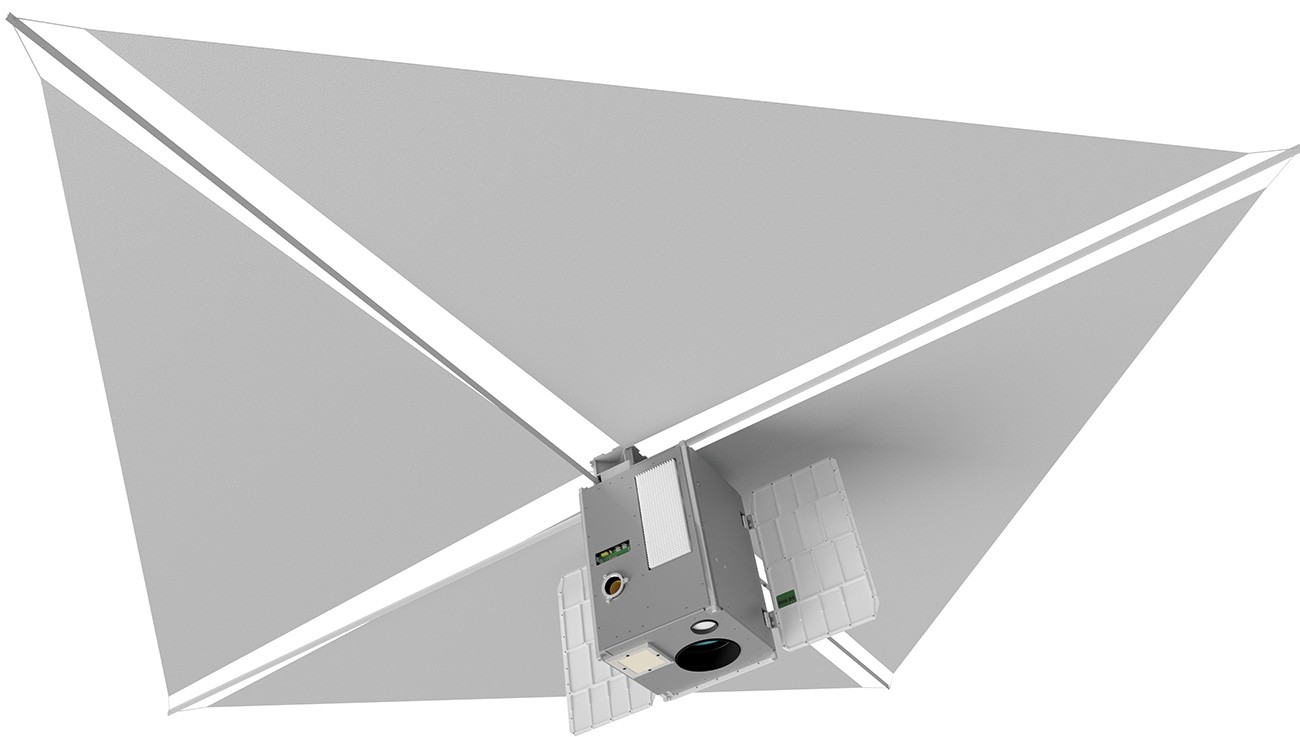
© Fraunhofer EMI

© Fraunhofer EMI
August 2024
ESA: 1 million for product innovation by HPS, AAC and DLR
ESA’s GSTP program is one of the European Space Agency’s most important instruments for promoting new technologies, particularly those generated by SMEs. The program also enjoys high priority in the overall ESA portfolio at the German space agency; the corresponding financial resources now also enable the launch of a new sub-program called “Product Initiative”. With the signing of the contract on August 7, 2024, ESA and HPS as the main contractor gave the go-ahead for the first technology project in this category.
It took just over six months from the idea to the signing of the contract; the funding amount is one million euros. The Munich-based space technology company HPS and its long-standing partner, Vienna-based Aerospace & Advanced Composites GmbH, are contributing 20 percent of their own funds, while the DLR Institute of Space Systems in Bremen is also on board on the research side. Over the next 24 months, highly innovative films (working name “ProFilm”) will be developed in various thicknesses and surface configurations and for large-area applications, which are characterized by two special features in particular:
- they are resistant to the chemically aggressive residual oxygen molecules (ATOX-resistant) and are therefore perfectly suited for use in particular in the highly frequented low earth orbit LEO area,
- Special derivatives are invisible or non-reflective.
In addition to use as thermal insulation for satellites, this also results in innovative applications as invisible brake sails as a further development of the HPS ADEO product range for deorbiting decommissioned satellites.
In this way, they serve four strategic goals of European space:
- Securing technological independence from other major spacefaring nations that have already made progress in this area
- Support European manufacturers of spacecraft and satellites, for whom maximum physical protection is an element of the competitiveness of their products
- Avoidance of astronomy-hostile light pollution in space through non-reflective surfaces on dragsails and thermal insulation such as MLIs and SLIs. There are also plans to use them for solar panels and radiators.
The ideas go as far as deployable structures that could make entire satellites invisible with ProFilm.
HPS CEO Ernst K. Pfeiffer is enthusiastic about the start of the project: “The innovation processes that have now been initiated will result in highly exciting products – the cooperation with our partners, DLR in the north and AAC GmbH in the south, alone is a guarantee of this. Above all, however, this premiere of ESA’s new GSTP sub-programme shows how quickly and effectively the European space agency can identify, accept and master technical challenges. This is exactly what European space travel needs, and this is exactly what innovation drivers from the ranks of SMEs need in particular.”
